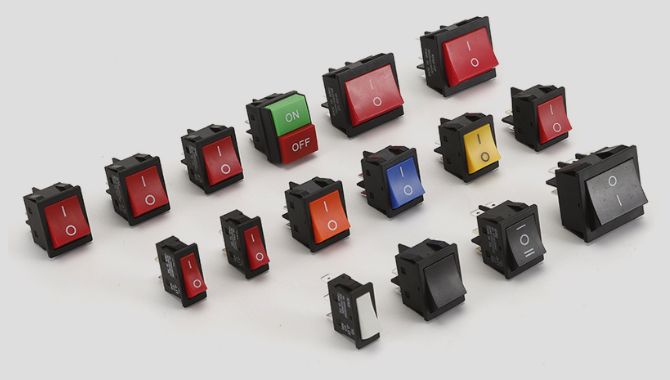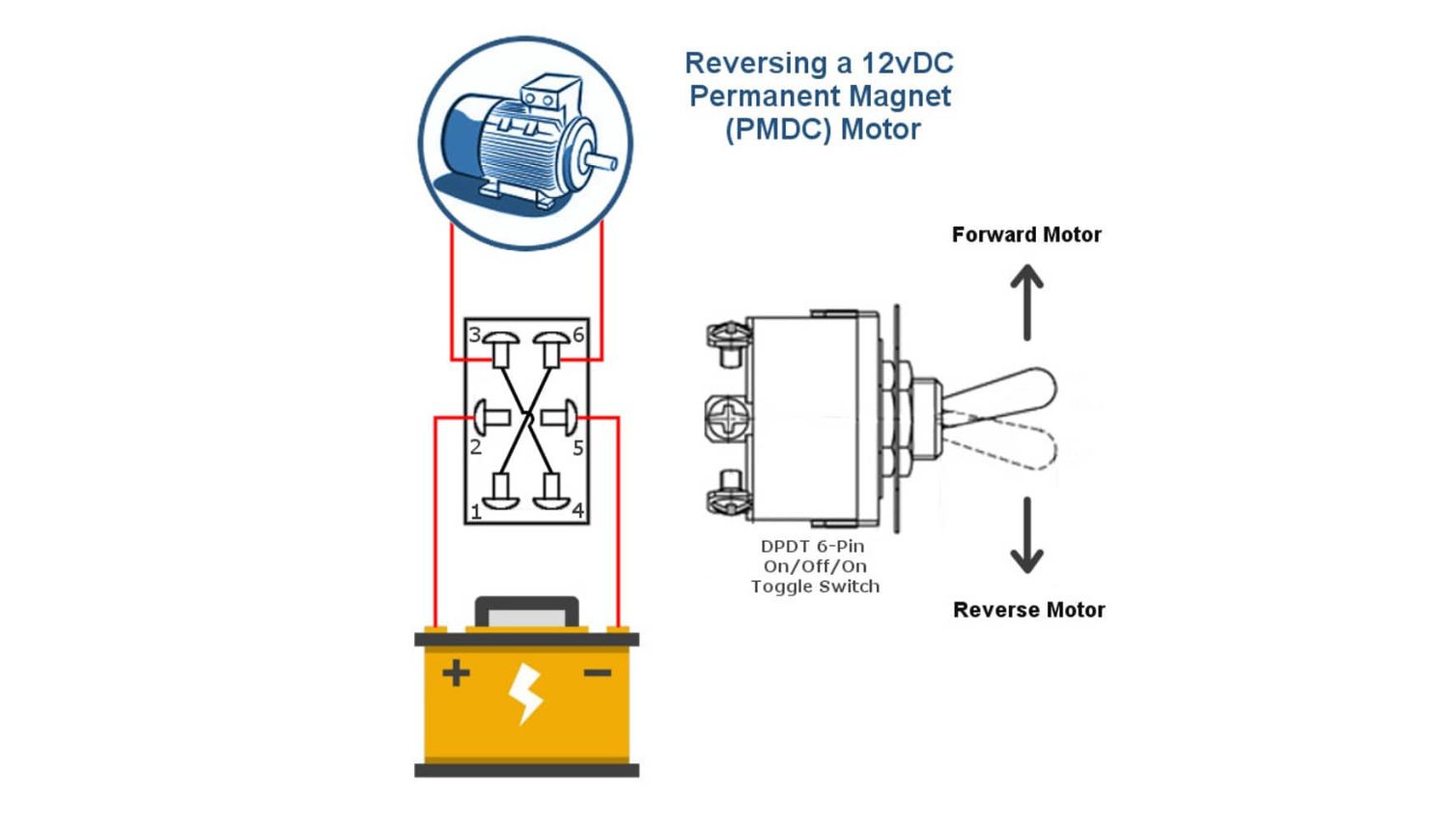
To further assist you in understanding and selecting KCD4 rocker switches, we’ve compiled answers to some frequently asked questions from buyers and designers.
What does “KCD4” specifically denote in a rocker switch?
“KCD4” is a model series designation. While not universally standardized across all manufacturers, it generally refers to a type of rocker switch with common characteristics such as a specific panel cutout size (often 30x22mm), higher current handling capabilities (e.g., 16A-30A), and options for 4 pin or 6 pin configurations. It often implies a certain level of robustness and suitability for power switching applications in appliances, industrial controls, and automotive systems.
How do I correctly wire a KCD4 rocker switch (common configurations)?
Wiring depends on the switch’s pin configuration and function. For a typical 4 Pin KCD4 ON-OFF switch with illumination:
- Two pins are for the main circuit (input and output power).
- The other two pins are for the LED or Neon Lamp. One lamp pin connects to neutral (for AC) or ground (for DC), and the other connects to the output side of the switch, so the lamp illuminates when the switch is ON.
For 6 Pin KCD4 switches (e.g., DPDT or ON-OFF-ON), the wiring is more complex. Always refer to the manufacturer’s datasheet for the correct pinout diagram for your specific KCD4 model. Incorrect wiring can damage the switch or your equipment.

What is the typical operational lifespan of a KCD4 switch?
KCD4 rocker switches typically have a long operational lifespan. This is usually specified in two ways:
- Mechanical Life: The number of actuation cycles the switch can endure without mechanical failure (often 30,000 to 100,000+ cycles).
- Electrical Life: The number of cycles the switch can perform at its rated electrical load without electrical failure (often 10,000 to 20,000+ cycles).
Always check the datasheet for the specific model, as these values can vary.
Are KCD4 switches suitable for both AC and DC applications?
Many KCD4 switches are rated for both AC (Alternating Current) and DC (Direct Current) applications. However, the current rating for DC is often lower than for AC at the same voltage. This is because DC arcs are harder to extinguish than AC arcs. For example, a switch might be rated 16A 250VAC but only 10A 30VDC. Always verify the specific AC and DC ratings in the datasheet if your application involves DC power.
How can I get samples of KCD4 rocker switches for testing?
Most reputable suppliers, including WEUP, offer samples of their KCD4 rocker switches for testing and evaluation. You can typically request samples by contacting our sales team or through our website. Providing details about your application and required specifications will help us provide the most suitable samples.
What are the common failure modes of rocker switches and how can they be mitigated?
Common failure modes include:
- Contact Welding: Contacts stick together, often due to exceeding current ratings or switching highly inductive loads.
- Contact Erosion: Material wears away from contacts over time, increasing resistance.
- Mechanical Failure: Actuator breaks or internal mechanism fails.
- Insulation Breakdown: Due to overvoltage or environmental contamination.
Mitigation includes selecting a switch with appropriate ratings, ensuring proper environmental sealing (if needed), and avoiding operation outside specified parameters.


